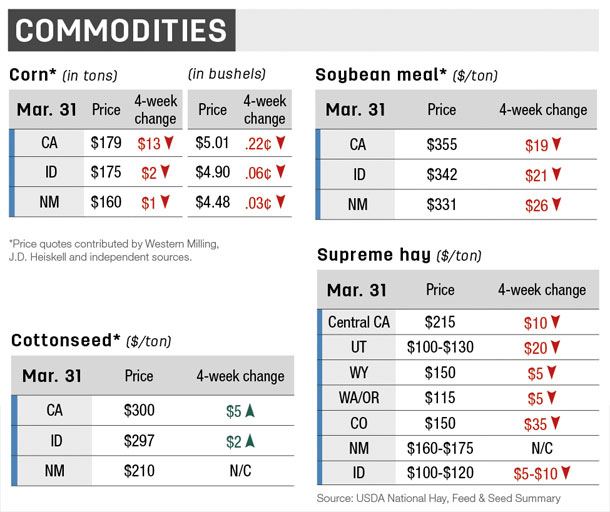Breeding season is here, and several factors contribute to the success of an A.I. breeding program. Open cows impact profitability, so producers need to identify low-cost ways to maximize their A.I. pregnancy rates. Improving conception rates usually involves attention to detail, and thus requires some preparation. Since reproductive efficiency is so critical to your bottom line, here are a couple of considerations to help set you up for success.
1. Consider estrus synchronization – First, the percentage of females inseminated depends on the percentage that are cycling. Evaluate available ranch resources and females intended for synchronization before choosing a protocol. Important concerns should include labor (i.e., time and experience) available for heat detection, facilities and cost.
Success of chosen protocol depends on accuracy with proper administration and timing of treatments. Synchronization of estrus can increase the probability of detecting estrus by 10 percent. Heat detection methods vary with different sync programs, so determine how much heat detection is possible or preferred.

2. Consider heat detection – Accurate heat detection programs lead to higher pregnancy rates. Observe for signs of estrus in females at least twice daily for 30 to 60 minutes. Early morning and evening are the best times to observe cows in heat.
Beyond visual observation, there are other aids such as painted/chalked tail heads, chin-ball markers, gomer bulls, tail patch detectors and electronic heat detection systems. When females are observed in heat, remove them from the herd. These females distract from detecting other cows in heat. Sync protocols using heat detection are usually lower-cost than fixed-time A.I.
3. Consider timing of A.I. and procedures – Cows or heifers should be inseminated in the latter two-thirds of heat or within a few hours after having gone out of heat. This represents approximately 12 to 18 hours after the cow first comes into standing heat.
Cows should be inseminated as close to 12 hours after the onset of estrus as possible. The a.m./p.m. rule is a method that has worked well for timing A.I. At the end of the morning heat detection period, animals detected the prior evening are bred; at the end of the evening heat detection period, those observed that morning are bred.
The need for precision is the common link among each consideration. Improving pregnancy rate can be difficult. However, managing the factors that contribute to maximizing A.I. pregnancy rates can improve profitability.








